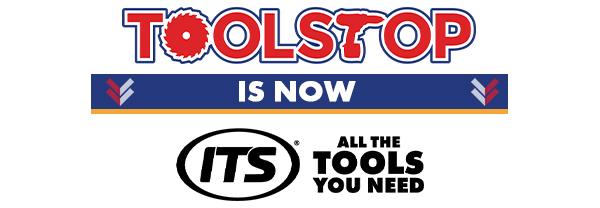Band Files
Explore our range of band files designed for precision sanding and shaping. Ideal for tight spaces and intricate details, these tools offer versatility and efficiency for metalworking, woodworking, and general repairs. Perfect for both professionals and DIYers.
Who Uses Band Files?
Band files are essential tools for professionals and hobbyists alike. From smoothing edges to shaping materials, their compact design and versatility make them ideal for various industries and projects.
- Metalworkers – Use band files to deburr edges, polish welds, and refine intricate metal parts.
- Woodworkers – Perfect for sanding tight corners, shaping decorative edges, and preparing surfaces for finishing.
- Automotive Technicians – Ideal for smoothing surfaces, removing rust, and shaping bodywork components.
- DIY Enthusiasts – Great for home projects, from refining furniture edges to creating custom pieces.
Band Files Are Great for Jobs Such As:
- Smoothing welds – Band files provide a clean finish on metal joints for a professional look.
- Shaping wood – Achieve precision in tight corners or detailed designs with ease.
- Removing rust – Efficiently strip rust from metal surfaces and restore their appearance.
- Refining edges – Perfect for smoothing sharp or rough edges on various materials.
- Custom detailing – Ideal for creating intricate shapes and patterns in small or hard-to-reach areas.
How to Choose the Best Band File
Selecting the right band file for your project can make all the difference in achieving professional results. Here are the top considerations to help you pick the ideal tool for precision sanding, shaping, and finishing tasks.
1. Motor Power and Speed Options
A band file with a powerful motor ensures consistent performance for demanding tasks. Look for variable speed controls to adjust the file’s pace for delicate materials or tougher surfaces, providing greater versatility and control.
2. Belt Size and Compatibility
The size of the sanding belt determines the band file’s ability to access tight spaces or cover larger areas. Choose a tool with easily replaceable and widely available belts for convenience, and ensure compatibility with coarse or fine grit options based on your project needs.
3. Ergonomics and Weight
For prolonged use, opt for a band file with an ergonomic handle and lightweight design to reduce fatigue. A compact and well-balanced tool ensures precision and ease of maneuvering in tight or awkward spaces.
4. Dust Extraction System
A built-in dust extraction feature or compatibility with external dust collectors can keep your workspace clean and improve visibility during use. This is particularly important when working on materials that generate fine particles, such as metal or wood.
5. Durability and Build Quality
Look for band files constructed from robust materials to withstand frequent use. High-quality components, such as a durable belt tracking system, ensure long-term reliability and consistent performance.
Popular Accessories for Band Files
Pairing your band file with the right accessories can significantly enhance its performance and efficiency. These accessories help you tackle various projects with precision and ease, ensuring optimal results every time.
1. Sanding Belts
Sanding belts are essential for any band file. Available in various grit sizes, from coarse to ultra-fine, they allow you to handle tasks like material removal, smoothing, and fine detailing. Always choose belts compatible with your tool for optimal results.
2. Dust Collection Attachments
A dust collection attachment or adapter helps maintain a clean workspace by minimizing airborne particles. This accessory not only improves visibility while working but also contributes to a healthier and safer working environment.
3. Lubricants and Belt Cleaners
Lubricants and belt cleaners prolong the life of your sanding belts and ensure smoother operation. These accessories reduce wear and tear, helping you achieve consistent performance on a variety of materials.
Frequently Asked Questions
What is a band file used for?
A band file is ideal for precise sanding and shaping tasks in tight or hard-to-reach areas. It’s commonly used for smoothing weld seams, deburring edges, and shaping intricate materials in metalwork, woodworking, and plastic projects.
What materials can a band file work on?
Band files are versatile and can be used on a variety of materials, including metal, wood, and plastics. By switching to the appropriate sanding belt grit, you can achieve the desired finish for each material.
How do I choose the right sanding belt for my band file?
The right sanding belt depends on the material and finish you’re aiming for. Coarse belts are best for heavy material removal, while finer grits are ideal for finishing and polishing. Always ensure the belt matches the size and specifications of your band file.
Can I use a band file for curved surfaces?
Yes, band files are excellent for working on curved surfaces due to their narrow and flexible sanding belts. They allow you to follow contours and achieve smooth, uniform finishes on complex shapes.
What safety precautions should I take when using a band file?
Always wear safety goggles and a dust mask to protect against particles and debris. Ensure the sanding belt is securely attached before operation, and avoid loose clothing or jewelry that could get caught in the tool.



